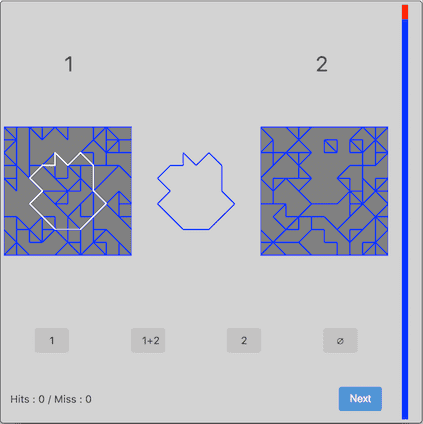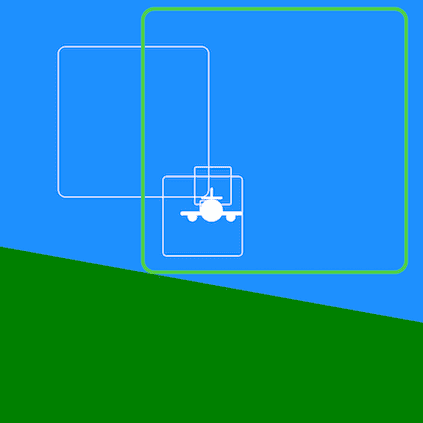
In fact my own personal fifteen inch laptop already has a number pad next to the usual keyboard, therefore giving me access to two sets of number keys on the keyboard. Now many PILAPT programs do not require you to have a separate number pad. Again this is different from flying an aircraft with a steering column as the upper arm muscles are the biggest muscle in play there but luckily I only needed a joystick, which are more readily available and cheaper to buy than a steering column! Number pad: While you can use the arrow keys on your computer keyboard, you have to keep in mind that pressing down on a button with your finger is very different from controlling something primarily with your wrist, which is what the joystick does. That is, how good you are at controlling something.

The reasoning behind using a joystick is to test motor, hand-eye coordinate and spacial awareness (ILS tracking) skills. Enough said, before I open a can of worms! The Airbus aircraft fleet use joysticks while the Boeing aircraft fleet use steering columns. Certainly these are the two most widely known companies. There are arguably two main types of aircraft, Airbus and Boeing. Let me first explain a little, with three short sentences:


Having flown in two different types of aircraft, one with each a joystick and a steering column, it came to no surprise to me when I read that a candidate who wanted to really practise and get the most out of practising PILAPT, should go and buy a joystick. Most if not all schools with PILAPT assessments will recommend that you (at least) buy a joystick because this will be part of how they test you, however before buying anything it is best to check with your school to confirm whether this is the case. Now that you have chosen your PILAPT software ( click here for the post: PILAPT – which software), you are now ready for the hardware, that is the joystick and keypad.


 0 kommentar(er)
0 kommentar(er)
